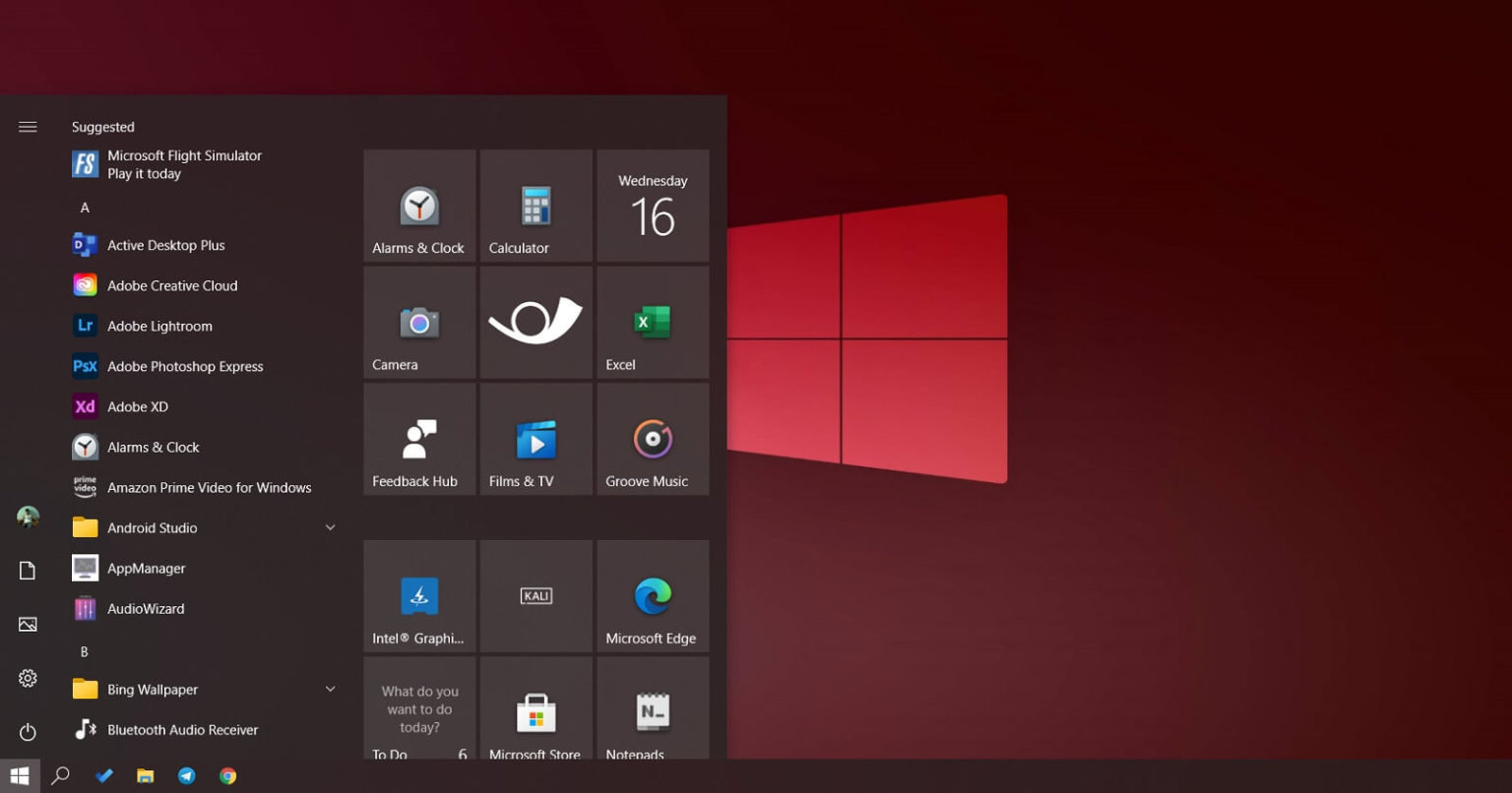According to
Microsoft’s product life cycle plan, the Windows 10 20H2 consumer series version will reach the end of life on May 10, 2022, and no longer provide support. At the same time, the Windows 10 v1909 enterprise branch version will also reach the end of its life cycle on the same day, and Microsoft urges these users to upgrade to a supported version as soon as possible.
After reaching the life cycle, these systems will no longer receive security updates released by Microsoft. To be precise, Microsoft will not help these systems fix security vulnerabilities. Therefore, there is a great security risk in continuing to use these versions. As a countermeasure, Microsoft will force the update of the expiring version to help users resist the risk.

Affected include Home, Professional, Professional Education, and Professional Workstation editions, which will reach end-of-life on May 10, 2022. Also reaching the end of the life cycle on the same day is the Windows 10 v1909 Enterprise Edition branch, and additional support for these versions has also expired and must be upgraded to a new version.
In addition, Microsoft reminds users who use the
Windows 10 20H2 enterprise branch to be prepared to upgrade. These versions have an additional support period until May 10, 2023. Microsoft explained that security updates cannot be obtained after reaching the end of the life cycle, and users will also be required to upgrade to a supported version when they seek technical support.
Microsoft will also force a system upgrade when a specific version reaches the end of its life cycle, such as the consumer version of Windows 10 20H2. As for the enterprise version, it will not be forced to upgrade. Microsoft said that neither the enterprise version nor the managed version will be automatically upgraded, which requires the administrator to arrange the upgrade.
Although it is a mandatory upgrade, Microsoft hopes that this way can ensure that end devices can still receive security updates, which is essential for the safe use of computers. In terms of forced upgrade, Microsoft will automatically push and download and install through the back-end policy. If the user sees the system pop up to schedule a restart time, it means that it has been updated.






